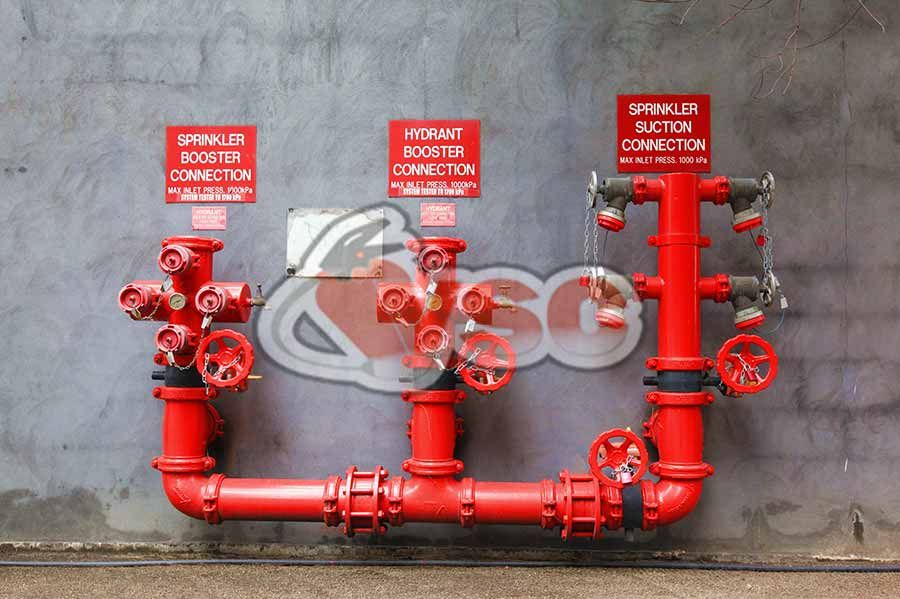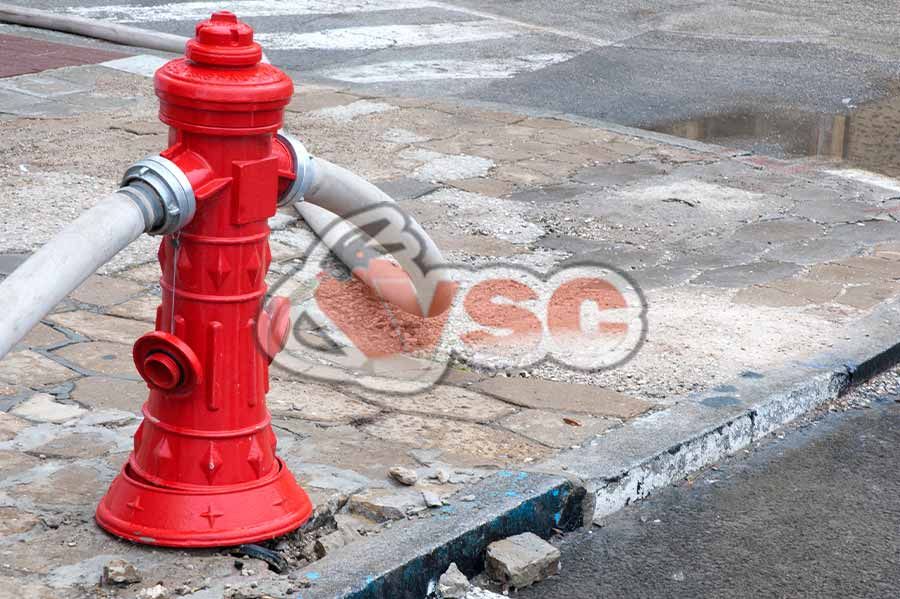Fire Extinguishing Hydrant
When it comes to fire safety, fire hydrants are one of the most important tools, unlike any other firefighting equipment. These fire fixtures are the cornerstone of firefighting efforts and make the difference between a controlled fire and a destructive one. To understand what an effective hydrant is and how to use it in an emergency, one must delve deep into the world of fire hydrants.
The body of the hydrant, often painted in a bright color for visibility, serves as a cover for the valve assembly below. It is usually hexagonal or pentagonal and can be removed to access the inside of the hydrant. These are the points where firefighters connect their hoses to access the water source. Depending on the type of hydrant, there can be one or more outlet nozzles, each with a different flow rate.
The operating nut, often large and wheel-shaped, is used to control the flow of water. Firefighters and authorized personnel can turn the operating nut to open or close the hydrant valve.

What Should a Fire Hydrant Be Like?
Fire hydrants are a common firefighting tool in urban and partially rural areas, but their effectiveness depends on various factors. To ensure that a fire hydrant works optimally, several key elements must be in place.
Fire hydrants are typically strategically placed along streets or near buildings to provide easy access for firefighters. It's crucial to leave enough space between hydrants to ensure that no part of a building is more than 150 meters away from one. This distance allows hoses to reach every corner of a structure without excessive strain.
A well-maintained hydrant should always be visible and accessible. Overgrown vegetation, snowdrifts, or parked vehicles should never obstruct access. Regular inspections and maintenance help ensure that hydrants remain visible and in working condition.
Fire hydrants are useless without adequate water pressure. Hydrants are usually connected to a pressurized water source, often the municipal water supply, to provide a consistent water flow when needed. Pressure testing and maintenance are crucial to prevent unexpected deficiencies in case of a fire emergency.
Fire hydrants come in various colors to indicate their available flow rates. While specific color codes may vary from one area to another, a common system uses colors such as red for low flow, orange for medium flow, and green for high flow. Knowing the color code helps firefighters quickly assess the capabilities of a hydrant.
Regular maintenance is essential to ensure the functionality of fire hydrants. This includes periodic inspections, lubricating moving parts, and conducting tests to verify water flow. Routine maintenance helps prevent hydrants from becoming inoperable and ensures they are ready for action when needed.

How to Use a Fire Hydrant?
Knowing how to use a fire hydrant is a life-saving skill not only for firefighters but for anyone who finds themselves in an emergency situation.
Before approaching the fire hydrant, ensure that there are no obstacles in the surrounding area. This includes making sure there are no parked cars, debris, or other obstructions that could impede access. The hydrant has a valve that controls the flow of water, typically located at the base of the hydrant and covered by a threaded cap. Carefully remove the cap. Fire hoses usually come with standard connectors that can be securely attached to most fire hydrants. Ensure that the hose is securely connected to the hydrant.
Open the hydrant valve slowly. Be prepared for water pressure while doing this. Gradually increase the flow until the desired pressure is reached, and water flows from the hose. Once water is flowing, it's important to aim the hose towards the base of the fire and disperse the flow from side to side. This technique is effective in cutting off the fire's oxygen source and extinguishing the flames.
Pay attention to the pressure gauge to maintain a stable and sufficient water flow. Adjust the flow as needed to keep the fire under control. After extinguishing the fire, carefully close the hydrant valve to stop the water flow. Replacing the cap on the valve is a technical detail to protect it from dust and dirt.
Fire hydrants are critical tools in firefighting, and understanding how they work and how to use them can make a significant difference in emergency situations. Regular maintenance and attention to keeping hydrants accessible are essential factors in ensuring their effectiveness when they are needed.



